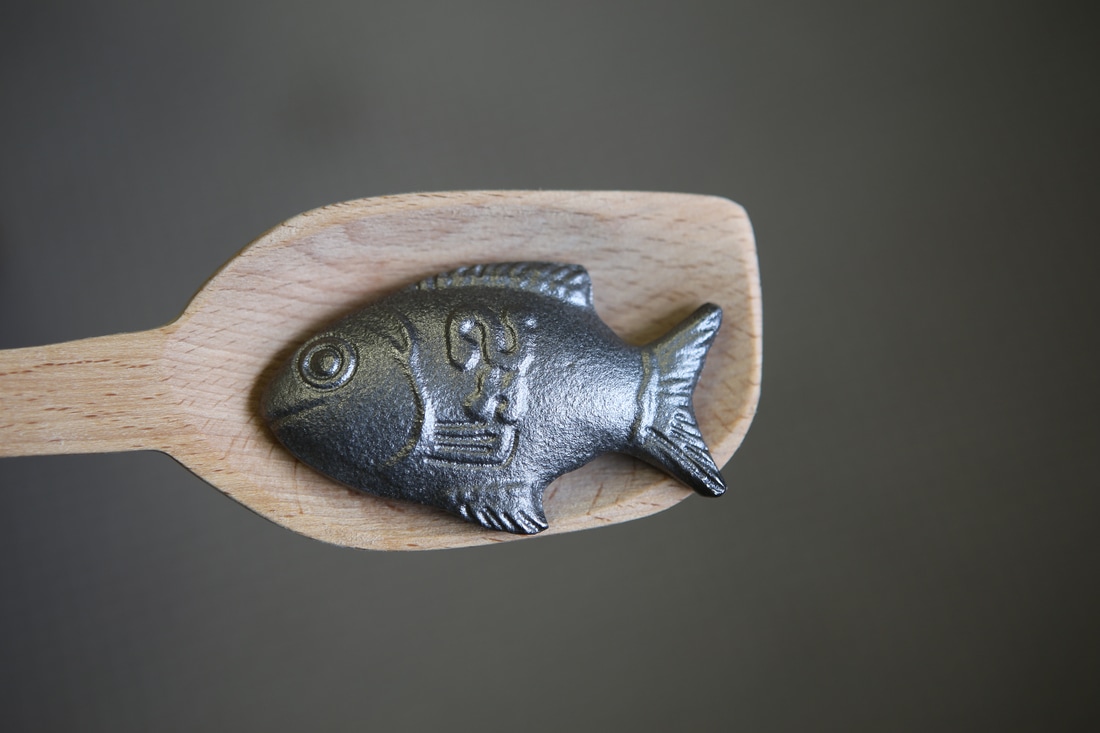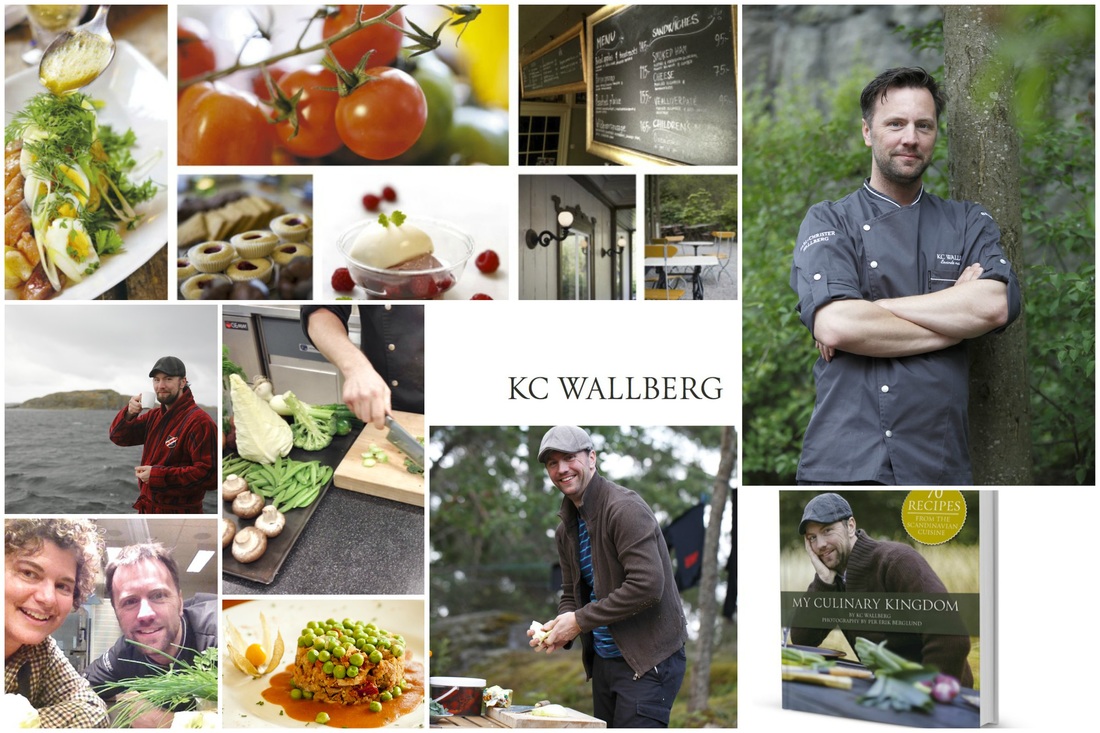Iron deficiency is a major global issue, and I found that the current solutions just weren't working. For example, cast iron pots release iron, but are difficult to use, expensive, and inconsistent. Our thought was to reverse engineer the process, and add cast iron to food directly in a controlled, consistent and safe manner.
What was your motivation?
I spent time volunteering in the refugee camps in Dadaab, Kenya and became very frustrated with the lack of sustainability in the way solutions for malnutrition and micronutrient deficiencies were designed. Everything just seemed too complicated, and I strongly believed we needed a simple solution for the complicated issue of iron deficiency. We believe the private sector has a critical role to play in solving the world's largest issues, and so we created Lucky Iron Fish. As a social enterprise, we're proud to do well by doing good.
Why a Lucky Iron Fish?
Lucky Iron Fish is a symbol of good luck, health, and happiness in Cambodian local folklore. A fish-shaped iron ingot helped villagers Cambodia to adopt the solution and significantly increase their blood iron levels. Today, the fish is helping thousands of people maintain healthy iron levels around the world.
Can you tell us why iron deficiency is a health issue and for who and why?
Iron is the most essential nutrient as it creates hemoglobin in your blood that carries oxygen around the body. Iron deficiency causes a number of issues, including weakness, dizziness, bleeding and death. Women and young children are the groups that are the most vulnerable to anemia, so it's really important that we designed a solution targeting those populations that are most at risk.
“I am a strong believer that businesses have the power to solve some of the world’s most daunting challenges, and the Lucky Iron Fish embodies this with our commitment to improving global health in a socially responsible way.”
-Gavin Armstrong, Founder and CEO










 RSS Feed
RSS Feed